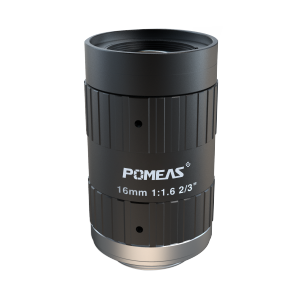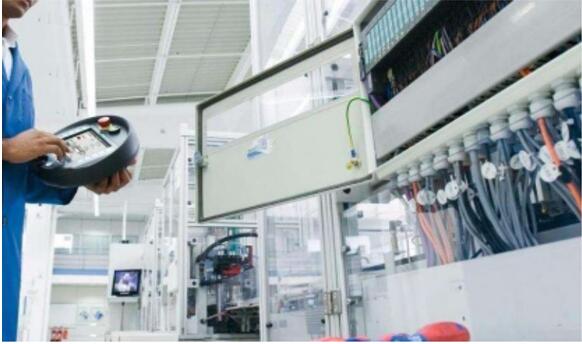How stable is the industrial lens? Does it require frequent calibration?
In the modern industrial production and manufacturing process, the industrial lens plays a crucial role as a core component for imaging applications. It not only determines the imaging quality and accuracy, but also directly affects industrial automation, quality inspection and many other aspects.


Stability of industrial lenses
High stability and durability are among the distinguishing features of industrial lenses. In order to ensure reliability and durability in industrial production and manufacturing environments, industrial lenses are usually made of high-quality materials and processes, featuring special coatings and protective mechanisms to prevent dust, oil and other contaminants from affecting the lens. These designs enable industrial lenses to withstand high temperatures, humidity, vibration and other harsh environmental conditions, thus ensuring the stability of the lens in long hours and high-intensity work applications.
1. High resolution and clarity: industrial lenses are able to capture fine details and precise images, ensuring that the imaging quality meets the needs of industrial applications.
2. Stable optical performance: By optimizing the optical system, various optical aberrations, such as dispersion and chromatic aberration, are effectively controlled to ensure the accuracy and reliability of imaging.
3. Strong color reproduction ability: accurately reproduce the original color of the photographed object to ensure the authenticity and accuracy of the object.
4. Rugged and durable: Rugged design, able to withstand harsh environmental conditions, with high stability and durability.
Calibration needs for industrial lenses
Despite their excellent stability, industrial lenses still require attention to their calibration needs in practical applications. The main purpose of calibration is to ensure that the lens maintains optimal imaging performance during use, avoiding image distortion caused by errors in lens manufacturing and assembly, as well as wear and tear and temperature changes during use.
1. Calibration frequency: The frequency of distortion correction for industrial cameras depends on the application scenario and camera performance. For applications that require high-precision measurement and localization, such as machine vision, 3D reconstruction, etc., regular aberration correction is recommended. For some applications that do not require high imaging quality, such as monitoring, security, etc., the calibration frequency can be appropriately reduced.
2. Calibration steps: the process of industrial camera distortion correction usually includes the acquisition of calibration plate images to obtain the camera's internal and external parameters, the use of these parameters to model the camera to get the distortion coefficient, and finally according to the distortion coefficient of the image to correct, in order to eliminate the impact of distortion on the imaging quality.
3. Importance of calibration: Regular calibration not only helps to maintain the imaging accuracy and stability of the lens, but also extends the service life of the lens and reduces errors and losses caused by image distortion.
As a professional manufacturer in the field of industrial lenses, POMEAS not only provides high-quality industrial lens products, but also devotes to provide comprehensive technical support and after-sales service to our customers. We understand the importance of the stability and calibration needs of industrial lenses to our customers, therefore, the industrial lens products we provide are rigorously tested and calibrated to ensure their optimal performance in practical applications.
Product recommendation
TECHNICAL SOLUTION
MORE+You may also be interested in the following information
FREE CONSULTING SERVICE
Let’s help you to find the right solution for your project!


 ASK POMEAS
ASK POMEAS  PRICE INQUIRY
PRICE INQUIRY  REQUEST DEMO/TEST
REQUEST DEMO/TEST  FREE TRIAL UNIT
FREE TRIAL UNIT  ACCURATE SELECTION
ACCURATE SELECTION  ADDRESS
ADDRESS Tel:+ 86-0769-2266 0867
Tel:+ 86-0769-2266 0867 Fax:+ 86-0769-2266 0867
Fax:+ 86-0769-2266 0867 E-mail:marketing@pomeas.com
E-mail:marketing@pomeas.com
